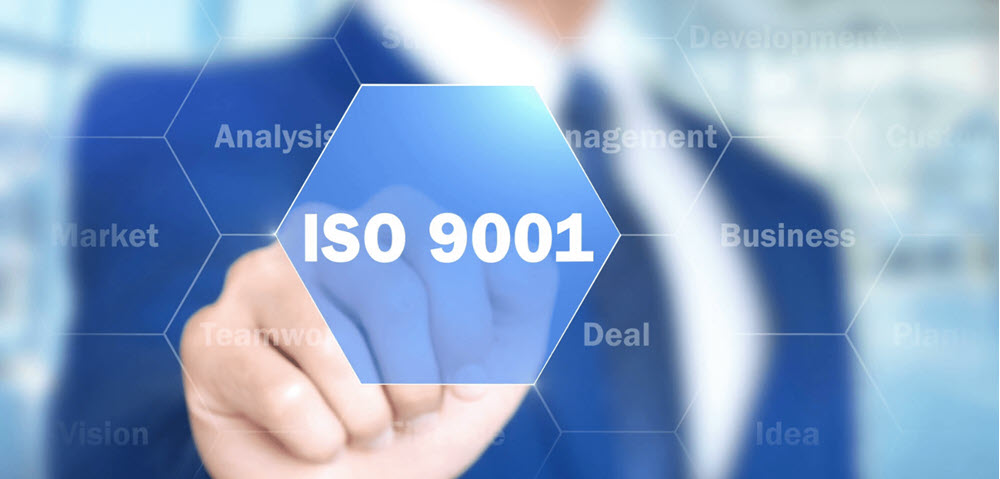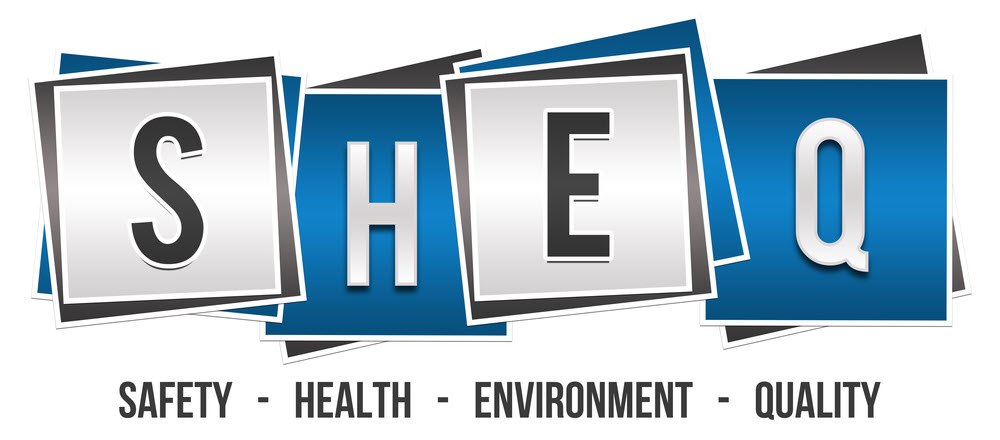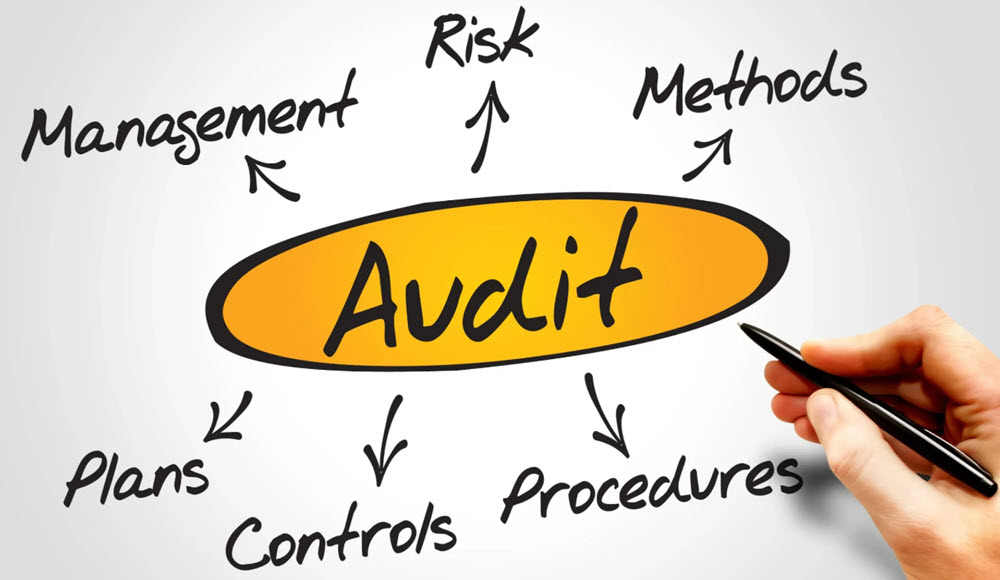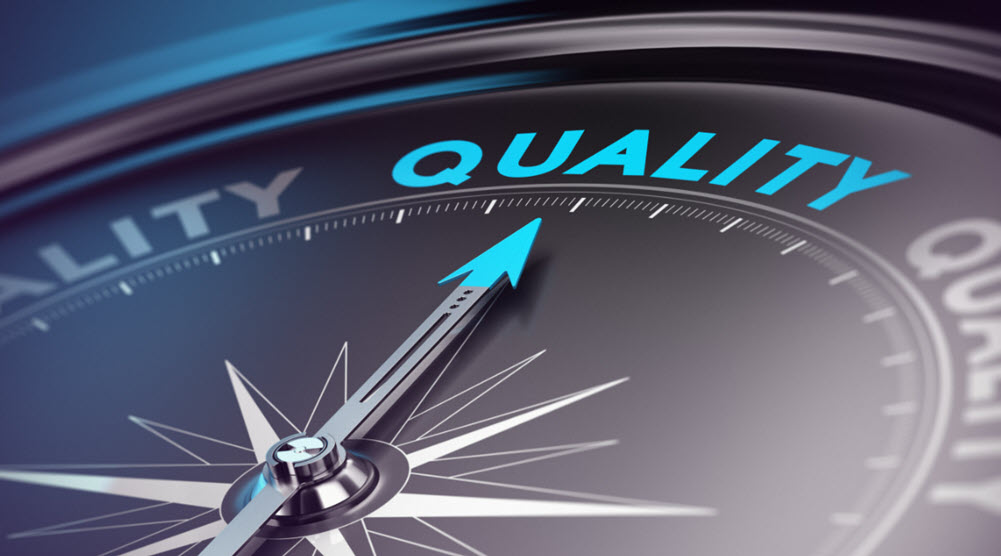EQMS Blog

Implementing an ISO 9001 Quality Standard
Achieving consistent quality and meeting customer expectations are fundamental goals for any organisation. One of the most widely recognised tools to support this is the ISO 9001 quality standard. As the international benchmark for a Quality Management Systems (QMS), ISO 9001 provides a structured yet flexible framework for improving efficiency, enhancing customer satisfaction, and driving continual improvement.
Implementing the ISO 9001 quality standard is not merely a certification exercise, it is a strategic decision that can deliver long-term operational and commercial benefits. We will explore the key steps, challenges and best practices involved in embedding ISO 9001 into your organisation.
Understanding the ISO 9001 Quality Standard
The ISO 9001 quality standard is published by the International Organisation for Standardization (ISO). It is applicable to any organisation, regardless of size, industry, or location. The standard focuses on principles such as customer focus, leadership, engagement of people, process approach, improvement, evidence-based decision making and relationship management.
At its core, ISO 9001 requires organisations to define and document their processes, measure performance, identify areas for improvement and ensure that quality objectives are consistently met. Importantly, it encourages a culture where quality is embedded into every aspect of the business—from planning and procurement to delivery and customer service.
Organisations can pursue ISO 9001 certification through an accredited third-party Certification Body, which provides independent verification that the standard’s requirements have been met.
Key Steps to Implementing ISO 9001 in Your Organisation
Implementing the ISO 9001 quality standard requires careful planning, strong leadership and a commitment to change. The following steps provide a roadmap for a successful implementation process:
Gain Leadership Commitment and Define Scope
The journey begins with senior management. Leadership must be fully committed to implementing the quality management system, allocating necessary resources, and promoting a culture of continuous improvement.
Start by defining the scope of your QMS. This includes identifying which parts of your business will be covered and clarifying external and internal factors that affect your operations. It’s essential to understand who your customers and stakeholders are and what their expectations may be.
Conduct a Gap Analysis
A gap analysis compares your current processes with the requirements of the ISO 9001 quality standard. This will help you understand what is already in place and what needs to be developed or improved.
Focus on areas such as.
- Documented information (policies, procedures, records etc.).
- Process consistency and control.
- Customer feedback and satisfaction monitoring.
- Risk-based thinking and corrective actions.
The gap analysis forms the foundation of your implementation plan and helps prioritise resources effectively.
Develop and Document the Quality Management System
With the scope and gaps identified, the next stage is to design your QMS. This includes documenting key processes, assigning responsibilities and developing quality objectives aligned with your organisation’s strategy.
Key documents typically include.
- Quality policy and objectives.
- Procedures and work instructions.
- Risk assessments and opportunities for improvement.
- Performance metrics and monitoring tools.
While ISO 9001 allows for flexibility in how documentation is structured, it must be sufficient to support consistent implementation and provide evidence of compliance.
Train Employees and Promote Engagement
A successful implementation depends on employee understanding and engagement. Staff should be trained on the ISO 9001 quality standard, their roles within the QMS and the benefits of adopting quality practices.
Encouraging participation in setting objectives, improving processes and reporting non-conformities fosters a sense of ownership and responsibility. Continuous communication is key, use meetings, bulletins and workshops to keep quality at the top of everyone’s mind.
Conduct Internal Audits and Management Review
Before seeking external certification, it is essential to conduct internal audits to ensure your QMS is working effectively and in line with ISO 9001 requirements. Internal audits provide valuable insights and identify non-conformities that can be corrected ahead of the certification audit.
A formal management review should also be held, where leadership evaluates the performance of the QMS, reviews objectives and decides on actions for improvement.
Undergo Certification Audit
The final step is the external certification audit, conducted by an accredited certification body. This typically involves two stages:
- Stage 1: A review of documentation and readiness.
- Stage 2: A detailed assessment of implementation and effectiveness.
If successful, your organisation will receive ISO 9001 certification valid for three years, subject to annual surveillance audits.
Benefits and Challenges of ISO 9001 Implementation
Implementing the ISO 9001 quality standard offers numerous advantages; however, also presents certain challenges. Understanding both is key to ensuring long-term success.
Benefits include
- Improved efficiency and reduced waste.
- Enhanced customer satisfaction and retention.
- Greater consistency in products and services.
- Increased market credibility and competitive advantage.
- Better decision-making through data and analysis.
- A foundation for integrating other ISO standards (e.g., ISO 14001, ISO 45001).
Common challenges include
- Resistance to change among employees.
- Insufficient resources or unclear responsibilities.
- Overly bureaucratic documentation.
- Failing to link quality objectives with business strategy.
These challenges can be addressed through strong leadership, clear communication and a focus on practical business-aligned solutions.
Conclusion
The implementation of the ISO 9001 quality standard is a transformative step for any organisation committed to excellence. It is not just about passing an audit; it’s about embedding a mindset of quality and continuous improvement across all levels of the business.
By following a structured approach, starting with leadership engagement and ending with certification, organisations can create a robust quality management system that delivers tangible results. With ongoing monitoring and commitment, ISO 9001 becomes a living framework that supports operational success, customer satisfaction, and sustainable growth.
If you are considering implementing a QMS within your organisation, feel free to contact us to discuss how our ISO 9001 Consultants are able to support with developing and implementing an effective Quality Management System.
Continue to ISO 9001 Consultants
Request a free consultation
Contact us to discuss your needs and see how we can support to reach your goal.

Recent posts

In today's increasingly regulated and safety-conscious business environment, organisations must maintain rigorous standards across Safety, Health, Environment, and Quality (SHEQ). These integrated disciplines are critical to ensuring operational excellence, legal...

Auditing plays a critical role in maintaining accountability, transparency, and continuous improvement within organisations. Whether conducted internally or by third-party auditors, the process of auditing is a vital mechanism to...

Achieving and maintaining ISO 9001 compliance is essential for organisations committed to delivering high-quality products and services while continuously improving internal processes. ISO 9001 is the internationally recognised standard for...
Just a Few of Our Clients
Request a Free Consultation
Contact us to discuss your needs and see how we can support to reach your goal.















